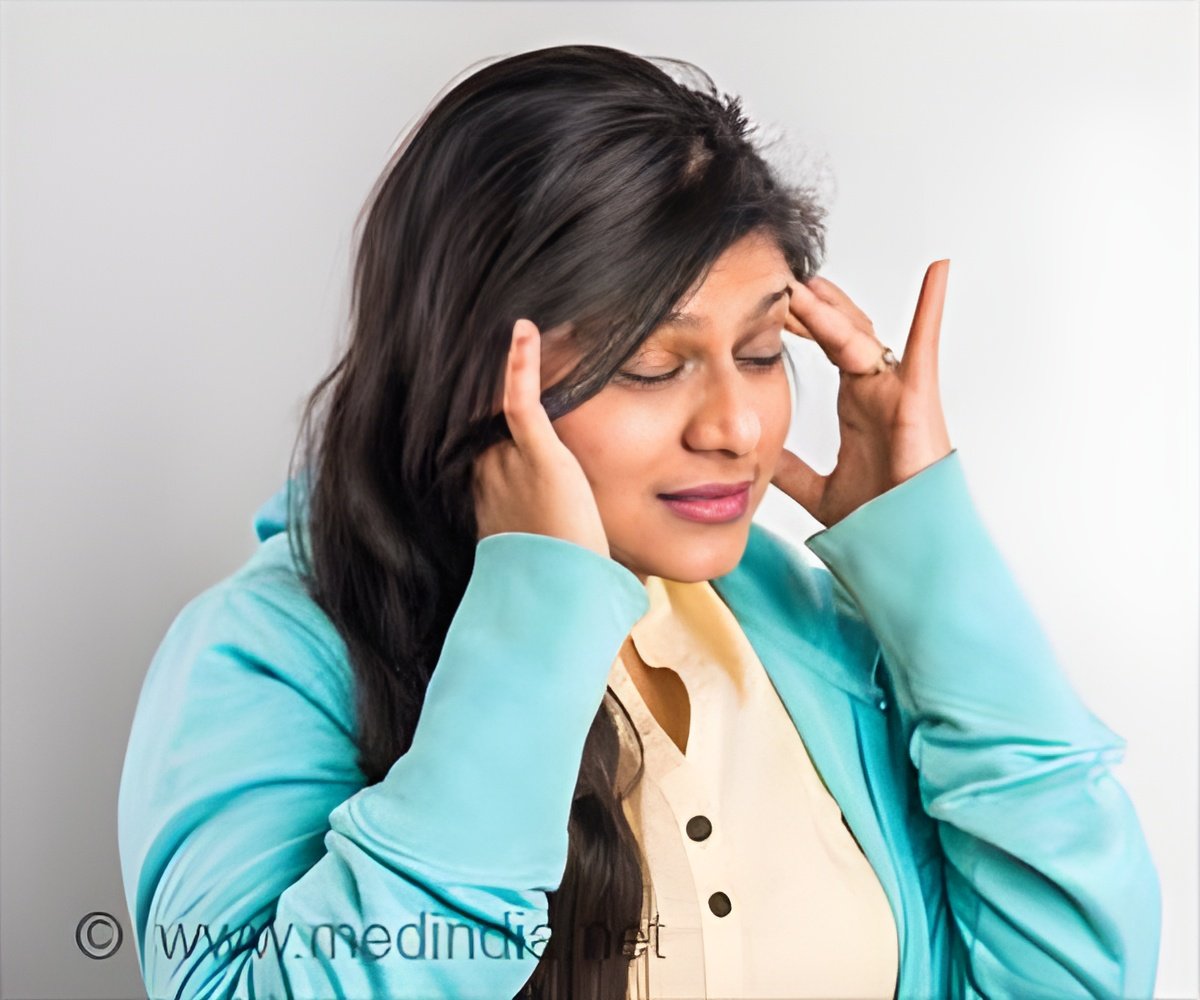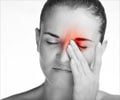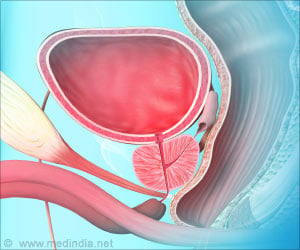
‘American Headache Society guidelines encourage the use of approved medicines like triptans, discourage the use of opioids for treating migraine symptoms, except in few cases.’
Read More..Tweet it Now
"These data show that, despite the known potential risks of using opioids for migraine, far too many continue to do so," said Ashina, who is an Assistant Professor in the Department of Neurology and Department of Anesthesia, Critical Care and Pain Medicine BIDMC and Harvard Medical School. "Against the backdrop of the U.S. opioid epidemic, it's concerning that people may be using these drugs in place of conventional therapies proven to be safer and more effective for migraine." Read More..
A prospective, web-based patient survey designed to follow two U.S. population samples of 20,000 people with migraine for two years, the OVERCOME study began enrollment in 2018, with a second population sample slated to begin enrollment in 2020. Analysis of data from the first group showed that 19 percent of people with migraine were currently using opioids specifically to treat migraine -- up from the 16 percent reported in 2009 in the American Migraine Prevalence and Prevention Study.
Moreover, nearly a quarter of people who reported having four or more migraine headaches per month were currently using opioids to treat their pain, and more than half of these respondents reported taking opioids at least once to treat a migraine headache.
"OVERCOME showed that, overall, opioids are being used in place of medicines that are approved and indicated to treat migraine - particularly among those who experience migraine headaches more frequently," said Ashina. "Patients and doctors should work together to develop a personalized treatment plan tailored to address patients' particular health concerns and needs."
Migraine is a disabling neurological disease afflicting more than 37 million Americans, a burden disproportionately carried by women. In addition to severe headache pain, migraine symptoms vary from person to person - and from migraine episode to episode - but may include nausea and vomiting, extreme sensitivity to light, sound, smells and sensations, fatigue, and changes in mood. Migraine attacks can be brought on by specific triggers such as foods, stressors, hormones, or nothing at all, and can last for hours or days at a time.
Advertisement
Advertisement











